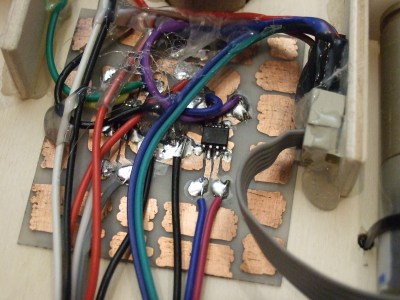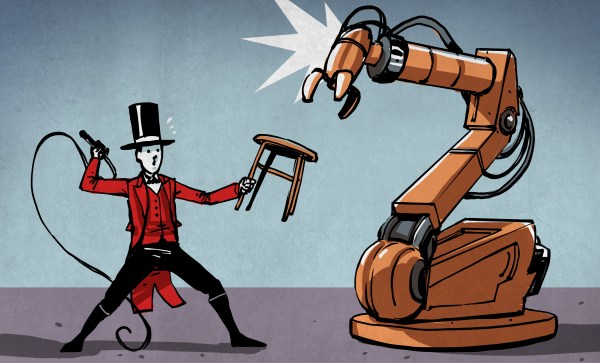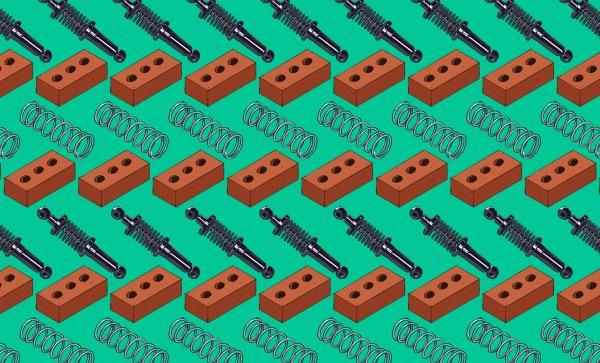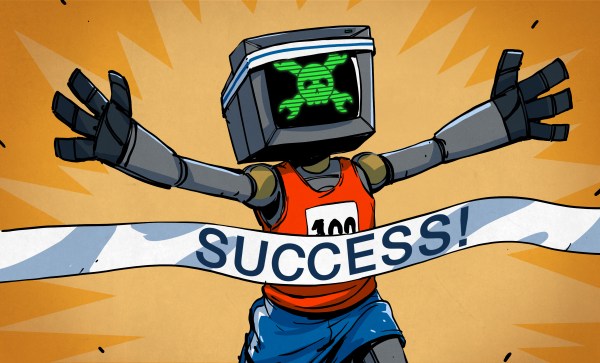Halloween is basically built for the hacker. Besides the obvious fabrication of absurd costumes, there’s also the chance to showcase your skills, be they mechanical, audio, or video. It’s also a great time to show off our coolest tricks to inspire the young proto-hackers. If you need inspiration, we’ve got 150 ideas.

But this year will be different, I swear! I’m going to get it done early and test it out, with the luxury of time to debug the inevitable spiders. And you can swear too. Get started now on your Halloween project. Or at least next weekend.
What’s your favorite Halloween Hack?
Contests
If you need any more encouragement to fire up your black and orange hacking machine, think of Hackaday.io’s Halloween Hackfest. It runs until Oct 28, and all you have to do to enter is document your Halloween project on IO and press the “Submit” button. The deadline is the 28th, which still gives you a couple of nights to debug whatever didn’t work before the real deal. Prizes are shopping sprees at Digi-Key, and Adafruit is doubling the gift certificate if you use any Adafruit parts in the build.
If you don’t give a pumpkin about stupid ol’ Halloween, that’s cool too. (Grinch!) The 2021 Hackaday Prize has entered the final wildcard round. If your project didn’t fit in any of the previous categories, I’m pretty sure it’ll fit just fine in the anything-goes phase. Go nuts. We’d love to see what you’re working on.





















